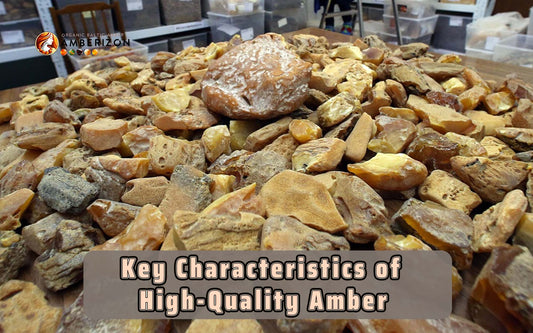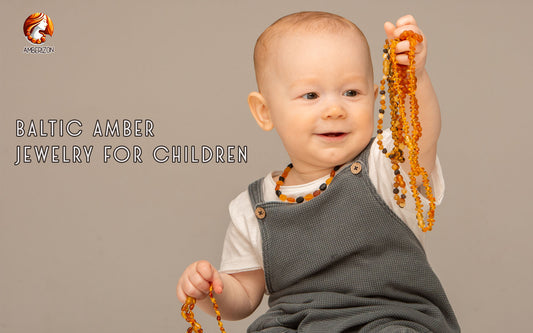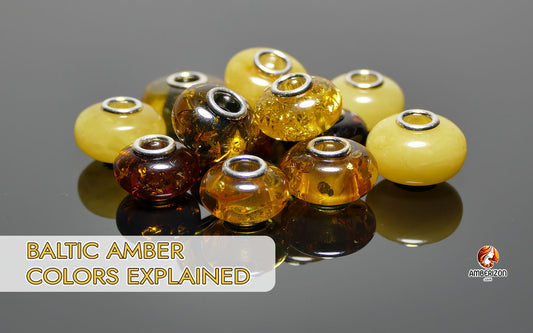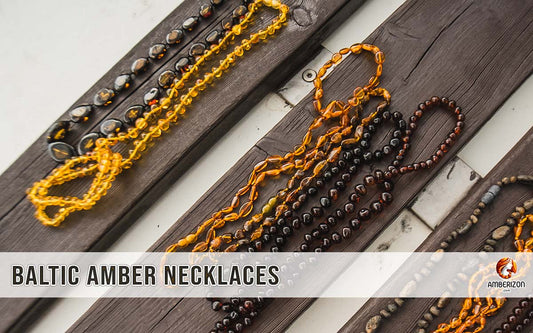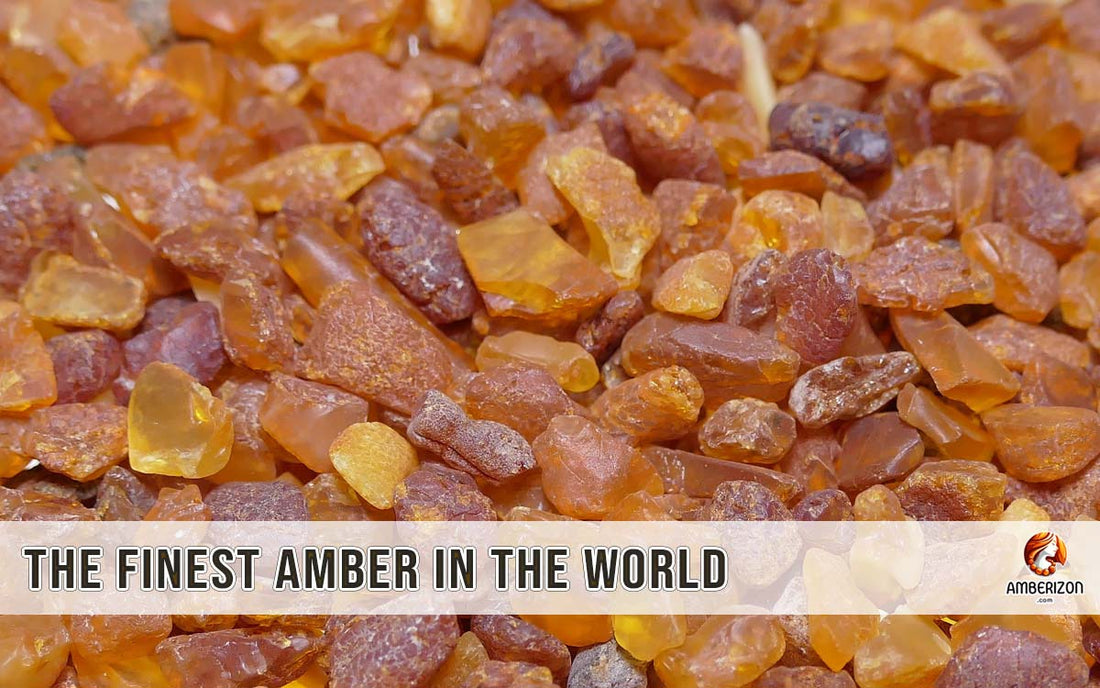
Origins of the World's Best Amber - Global Sources of Amber
Global Sources of Amber: From Baltic Shores to Tropical Forests
Amber is found in many places around the world, from Alaska to Madagascar, but the largest deposits exploited for jewelry and science are in the Dominican Republic, the Baltic region of Europe, and Myanmar, also known as Burma.
Baltic Region: The Amber Heartland
- Countries: Lithuania, Latvia, Estonia, Poland, Russia (Kaliningrad)
- Characteristics: Known as Baltic amber or succinite
- Age: Approximately 40-50 million years old
- Color: Typically yellow to brown, but can be white, blue, or green
- Notable: Largest known deposit of amber in the world
Other European Sources of Amber
- Ukraine: Significant deposits, similar to Baltic amber
- Germany: Deposits in Bitterfeld region
- Romania: Deposits in the Carpathian Mountains
- Italy: Sicilian amber (simetite), known for its reddish color
Asian Amber
- Myanmar (Burma):
- Burmese amber (burmite), approximately 100 million years old
- Highly valued for its age and unique inclusions
- China: Several deposits, including fushun amber
- Japan: Kuji amber from Iwate Prefecture
African Sources
- Tanzania: Tanzanian copal, relatively young (1-10 million years old)
- Madagascar: Malagasy copal, also relatively young
Oceania
- New Zealand: Small deposits of amber and copal
The What is the most valuable and sought-after type of amber?

Best amber, highly valued for its quality and beauty, primarily originates from the Baltic Sea region. Countries like Lithuania, Latvia, Poland and Russia (Kaliningrad) are renowned for producing some of the finest and most sought-after Baltic amber. These regions have rich deposits of Baltic amber, known for its diverse colors, clarity, and often exquisite inclusions. This area is historically significant for amber, and the gemstone found here is often referred to as Baltic amber. Baltic Amber is the highest quality Amber in the world, with more than 250 different natural shades available on the market.

Where to find amber in Europe?
The most significant deposits of amber in Europe are found along the Baltic Sea coast. This region, spanning countries like Lithuania, Latvia, Poland, and Russia (Kaliningrad), is renowned for its high-quality Baltic amber.
European countries with notable amber deposits include:
- Lithuania: Known for its amber-rich beaches and the Palanga Amber Museum.
- Latvia: Offers opportunities for amber hunting along the Baltic coast.
- Poland: Particularly in the Gdansk region, where amber has been mined for centuries.
- Russia (Kaliningrad Oblast): Another major source of Baltic amber.
- Denmark: While less abundant, amber can be found on some Danish beaches.
- Sweden: Southern Sweden has some amber deposits, especially in the Skåne region.
- Germany: Northern Germany, especially along the Baltic Sea coast, has amber-bearing areas.
Tips for finding amber:
- Visit amber-producing regions: The best way to find amber is to visit areas known for their deposits.
- Search beaches: Many people find amber washed up on beaches after storms.
- Visit amber markets and shops: Local markets and shops often sell amber jewelry and other items.
- Join amber-hunting tours: Guided tours can provide valuable insights and increase your chances of finding amber.
How the amber is mined?
Baltic Amber is generally sourced in one of two ways. It can be harvested from the beaches of the Baltic coast where, having been torn from the rocks at the bottom of the sea, is washed up onto the shore, where it is weathered by the sun and the wind. Alternatively, it can be mined from surface mines. Amber isn't mined in the traditional sense like minerals or metals; rather, it's collected from various natural sources.
- Coastal Collection: Along the shores of the Baltic Sea, especially after storms or rough weather, amber pieces are washed ashore. People often walk along the beaches, searching for these pieces of amber that have been brought in by the tides.
- Amber Mines: While not as common, there are some mines specifically dedicated to extracting amber. These mines are generally open-pit mines or underground mines where amber-bearing layers or deposits are carefully excavated.
- Amber Fishing: In some areas, particularly in the past, people used fishing nets or dredging equipment in shallow coastal waters to collect amber that had settled on the seabed.
- Forests and Inland Deposits: In rare cases, amber can be found in forests or inland areas where geological processes have brought it to the surface.
Is Baltic amber really the best type of amber?
Baltic amber is widely regarded as one of the highest quality types of amber available. Its reputation stems from its exceptional clarity, diverse color range, and rich variety of inclusions. However, whether it is definitively the "best" type of amber is subjective and can vary based on personal preferences, the desired characteristics for a particular use, and individual aesthetic tastes. Other varieties of amber found in different regions, such as Dominican or Mexican amber, also possess unique qualities and are highly valued in their own right. Ultimately, determining the "best" type of amber is often a matter of individual preference and specific requirements for a particular use or collection.
In the world of amber, each variety is a piece of Earth's ancient story, waiting to be cherished for its distinctive charm and allure.



